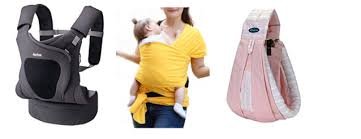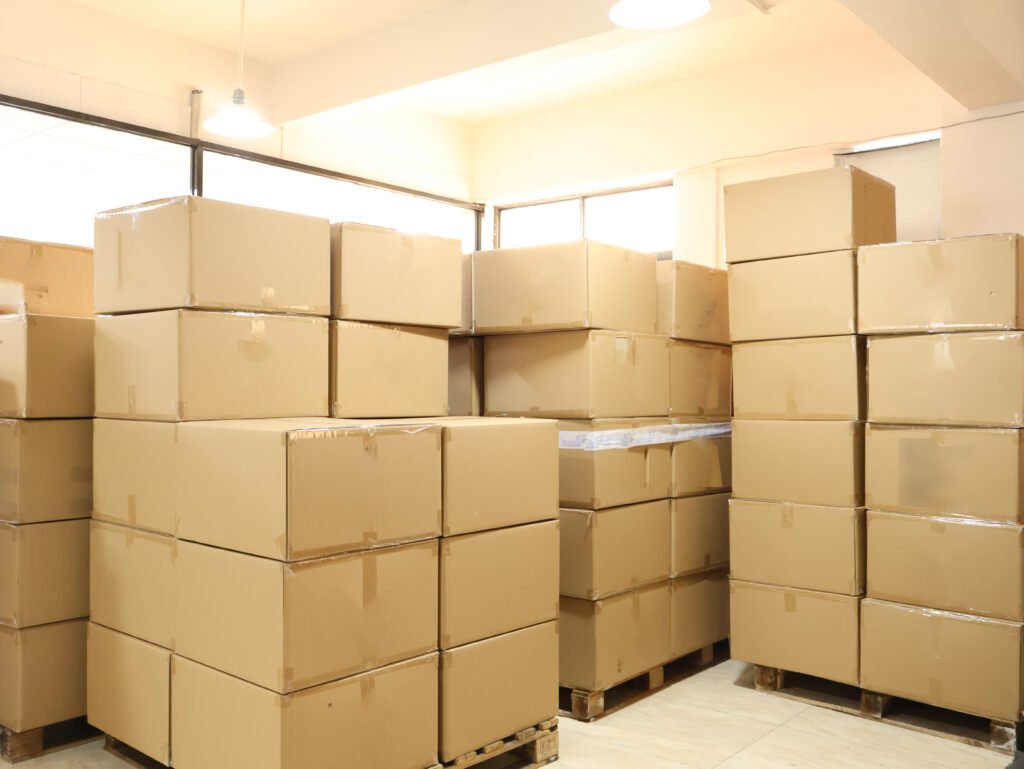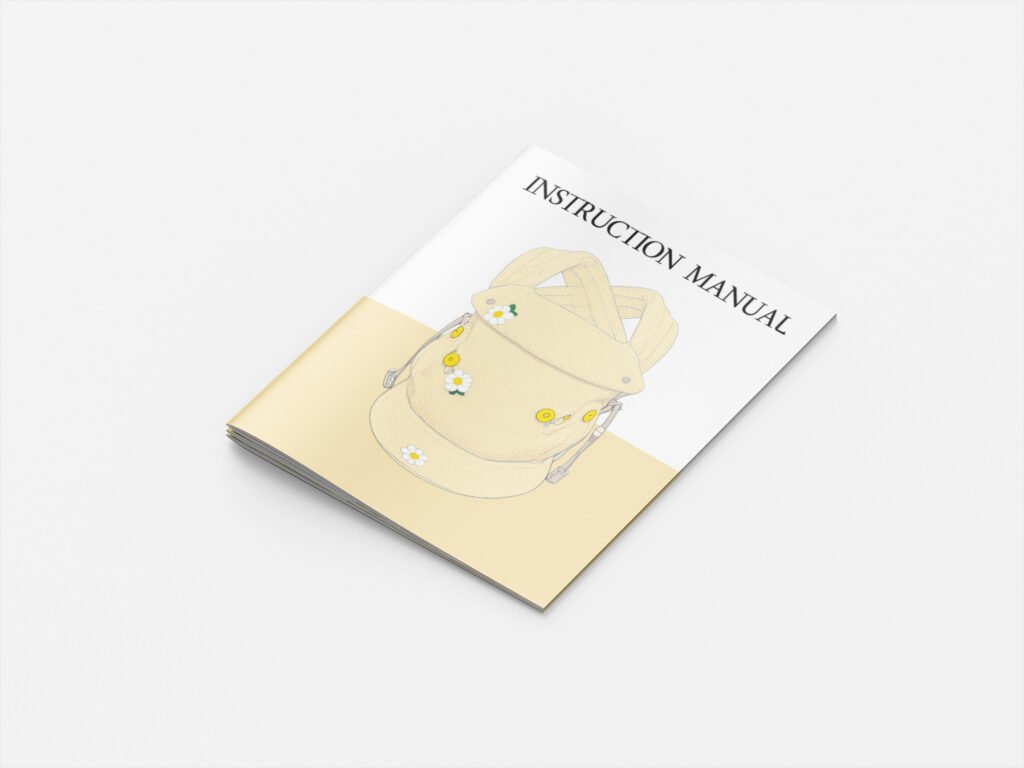
Essential Baby Carrier Maintenance for Businesses
Best Practices for Effective Baby Carrier Maintenance
Why Baby Carrier Maintenance Matters for Your Business
As a baby product distributor, brand owner, or retailer, maintaining your baby carriers isn’t just about cleanliness—it’s about product longevity, customer satisfaction, and brand reputation. A poorly maintained carrier can lead to negative reviews, higher return rates, and even safety issues.
To maintain baby carriers effectively, businesses should focus on proper storage, quality inspections, safe cleaning practices, and customer education. By implementing these strategies, you can enhance product durability, reduce waste, and improve your bottom line.
Ignoring maintenance can result in fabric degradation, faulty straps, or mold growth, which can hurt your brand’s reputation. Let’s dive into the best practices to keep your inventory in top condition.
1. How to Store Baby Carriers in a Warehouse?
For wholesale and retail businesses, proper warehouse storage is essential to prevent product damage before reaching the customer.
Best Storage Practices for Baby Carriers
✅ Temperature & Humidity Control: Maintain a cool, dry environment (humidity below 50%) to prevent mold growth.
✅ Ventilation: Ensure good airflow to prevent fabric odor.
✅ Avoid Direct Sunlight: Prolonged exposure can cause color fading and material weakening.
✅ FIFO System (First In, First Out): Rotate stock to prevent older inventory from deteriorating.
✅ Avoid Plastic Wrapping: Use breathable storage bags instead of airtight plastic to prevent moisture buildup.
Common Mistakes to Avoid:
❌ Stacking too many carriers on top of each other (causes shape distortion).
❌ Storing carriers in areas with extreme temperatures (e.g., near heating vents or windows).
❌ Keeping products in plastic bags for long periods (traps moisture).

2. How to Prevent Mold and Odors in Bulk Storage?
Mold and odors are major concerns when storing baby carriers in bulk. If left unchecked, they can lead to customer complaints, product recalls, and loss of inventory value.
Solutions to Prevent Mold Growth
- Use Silica Gel Packets: These absorb moisture and keep products dry.
- Dehumidifiers in Storage Areas: Maintain an ideal humidity level below 50%.
- Regular Warehouse Cleaning: Dust and dirt can trap moisture, leading to mold.
- Frequent Stock Rotation: Reduce the risk of long-term storage-related issues.
If mold or an unpleasant smell is detected:
1️⃣ Isolate affected carriers immediately.
2️⃣ Use baking soda—sprinkle it on fabric and let it sit for a few hours before shaking it off.
3️⃣ Sun-dry the carriers in a well-ventilated area.
3. How to Conduct Quality Inspections Before Selling?
Before shipping baby carriers to customers, routine quality inspections are necessary to prevent complaints and returns.
Checklist for Quality Control:
🔍 Fabric Condition: Check for rips, fraying, or excessive pilling.
🔍 Straps & Buckles: Ensure secure stitching and no loose threads.
🔍 Weight Distribution: Test for proper weight support without sagging.
🔍 Odor-Free: Any musty smell indicates moisture issues.
🔍 Elasticity: Ensure fabric hasn’t lost its stretch over time.
💡 Pro Tip: If you’re an Amazon seller or brand distributor, consider offering a pre-shipment inspection service to avoid defective products reaching customers.
4. How to Clean Baby Carriers Before Shipping?
Even if the product is new, some customers might complain about factory odors, dust, or packaging residue. Offering pre-sale cleaning or fabric refreshment services can increase customer satisfaction.
Best Practices for Cleaning Before Shipment
✔ Air Out Before Packaging: Let carriers breathe in a well-ventilated space for 24-48 hours.
✔ Spot Cleaning for Visible Dirt: Use a mild detergent on minor stains.
✔ Fabric Refreshing Sprays: Use baby-safe, hypoallergenic sprays.
✔ Avoid Overwashing: Excessive washing before sale can wear out the fabric.
5. How to Educate Customers on Maintenance?
Many customers don’t know how to properly maintain their baby carriers, which can lead to avoidable damage and returns. Providing clear maintenance instructions can reduce customer complaints and improve long-term satisfaction.
How to Provide Maintenance Guidelines?
📌 Include a Printed Care Guide in the product packaging.
📌 Offer QR Codes linking to online cleaning tutorials.
📌 Create Customer FAQs on your website or Amazon store.
📌 Post Social Media Tips on Instagram, TikTok, and YouTube.
💡 Example FAQ for Customers:
- How often should I wash my baby carrier? → Once a month for frequent use, spot clean as needed.
- Can I machine wash my baby carrier? → Only if the care label allows it. Use a gentle cycle and mild detergent.
- Can I tumble dry my carrier? → No, air dry only to prevent damage.

6. How to Reduce Returns and Increase Customer Loyalty?
By maintaining product quality and educating customers, you can reduce return rates and build long-term loyalty.
Key Strategies to Reduce Returns
✅ Thorough Pre-Sale Inspections: Prevent defective products from reaching customers.
✅ Clear Maintenance Instructions: Educate customers to prevent damage.
✅ Responsive Customer Support: Address concerns quickly to avoid disputes.
✅ Offer a Warranty or Replacement Policy: Builds trust and increases repeat purchases.
Final Thoughts
Proper maintenance of baby carriers isn’t just about keeping them clean—it’s a business strategy. By following these storage, cleaning, and quality control best practices, brands, distributors, and retailers can reduce product defects, lower return rates, and enhance customer trust.
Investing in better product care = higher customer satisfaction + stronger brand reputation.
What’s Your Next Step?
Are you looking for a reliable baby carrier supplier that prioritizes quality and durability? Contact us at sales@nicebabyfty.com to discuss your bulk purchasing needs!
